The internet was taken by storm last week when Craig Peck released the pitch/sizzle reel of GALAXY GAS on Youtube. The pitch has now become a viral hit. GALAXY GAS is a 2d hand-drawn animated film idea that had some of the top animators and artists at the helm. We called up Craig and asked for an interview, and he obliged and suggested we add Tab Murphy, the original creator of GALAXY GAS too. Please enjoy!
Watch the GALAXY GAS – PITCH/SIZZLE REEL
Interview with the creator of GALAXY GAS – Tab Murphy
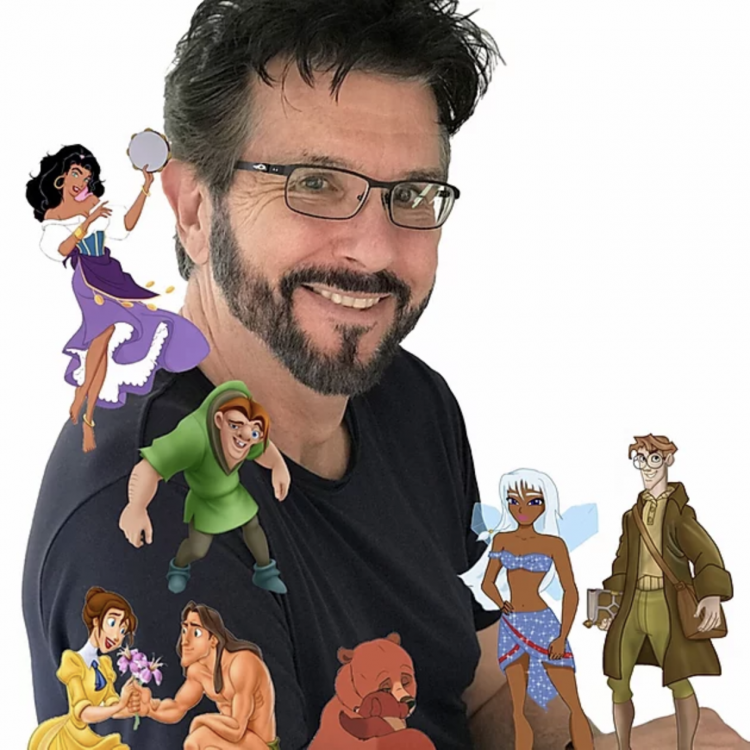
Hello Tab, how did you get your start in animation?
My ‘start’ in animation was more a result of happenstance than any sort of planned career path. I began my writing career in the early 80’s in live action and had some decent success early, an Oscar nomination for ‘Gorillas in the Mist’ being what I consider my breakthrough. By the early 90’s, I was putting a lot of time and energy into getting my first directorial effort (‘Last of the Dogmen’) off the ground. Around that time, Jeffrey Katzenberg had moved from Paramount and was heading up the Disney Animation division. My first couple of jobs were written for Paramount back in the day, so Jeffrey was aware of my work. Through his execs, I was invited to come in and check out what the animation division was up to and see if there was anything I might be right for. I politely declined the first few overtures. In fact, I have the dubious distinction of having passed on ‘Toy Story’ during that time. I can hear the groans.
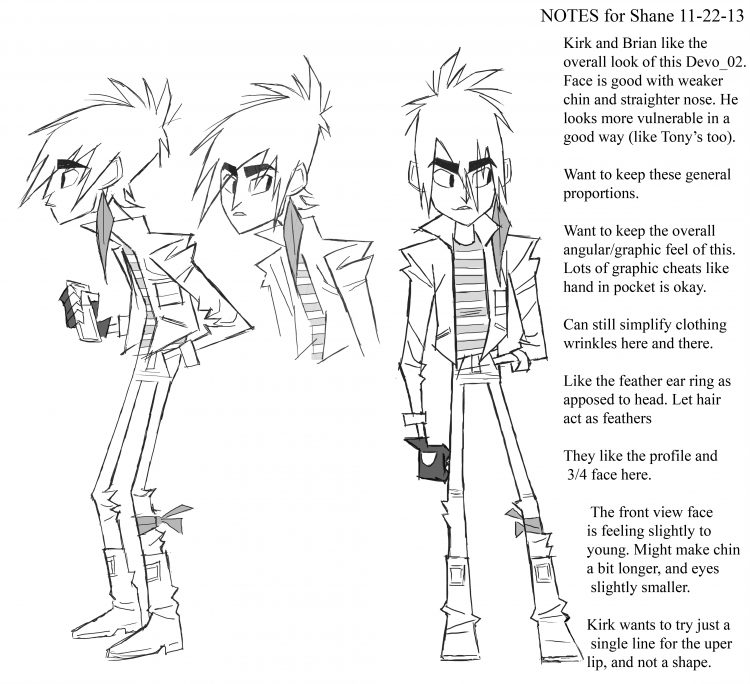
Let me explain. At the time, I was focused on making a movie. The ‘Little Mermaid’ had just been released. The renaissance of 90’s Disney animation was underway, but still in its infancy. And I frankly wasn’t interested in writing ‘cartoons’. ‘Toy Story’ would have required a move to Marin County and a 2- year commitment, which I had neither the time nor desire to make. And it was pitched to me as a story about ‘a boy and his talking toys’. For me, an easy ‘pass’ at the time. Soon after, my movie came together. We had a star (Tom Berenger) – but he had two movies to do before mine. I had nothing to do for the next six months but wait. And try to make some money to pay my bills. And lo and behold, Disney called again: ‘Just come in and see what we’re up to. You never know.’ You do never know. I took the meeting.
It turns out one of the many projects they were keen to develop was ‘Hunchback of Notre Dame’. I was a sixties ‘monster nerd’ growing up. And Quasimodo was part of the canon of Universal monsters back in the day, despite the fact he wasn’t really a ‘monster’. I knew and loved the story. When David Stainton and Kevin Bannerman brought up the project in that meeting, I immediately said ‘I’m in!’ And those two words started me down a path for the next decade that led to some of the most rewarding work of my career. You never know…
What inspired you to create Galaxy Gas?
Interestingly, ‘Galaxy Gas’ began as a live action project. I’d been toying with the idea for some time: a mixed-blood teenager living in the desert Southwest, working a dull job at his Dad’s lonely, isolated gas station, discovers that things are not what they seem. He’s soon propelled into the adventure of a lifetime that ultimately leads to his decision by the end of the film to follow in his father’s footsteps and be part of something important, amazing, otherworldly…and totally secret. It was a mix of a lot of cool things I loved: Native culture, UFOs, Area 51 mythology, monsters – not too mention hard-drinking top gun alien fighter pilots!
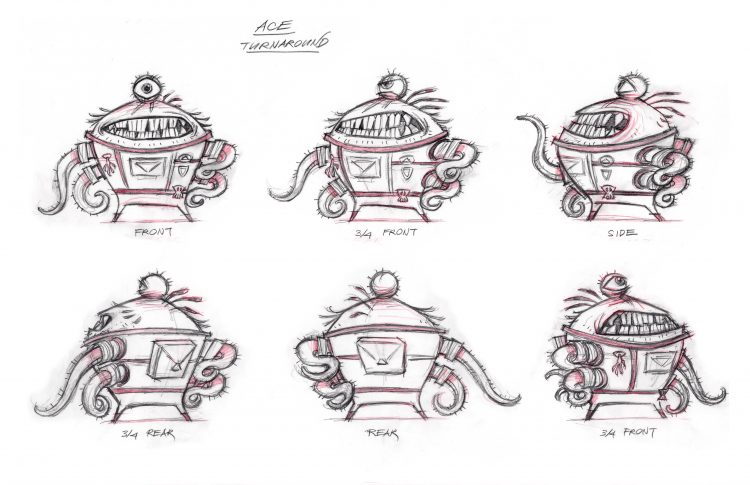
What advice would you give to artists who want to pitch a cartoon series or film?
Apart from the usual ‘be persistent’, ‘never give up’ yadda yadda advice, I would say try to create something that embodies your own unique voice/pov of the world. That is ultimately what will separate you from the pack. The attitude your project projects can be equally as important as the content. Also, don’t follow trends – be a trend setter. An old rule of thumb from live action is applicable to animation: if everyone else is writing superhero movies, go write a rom-com.
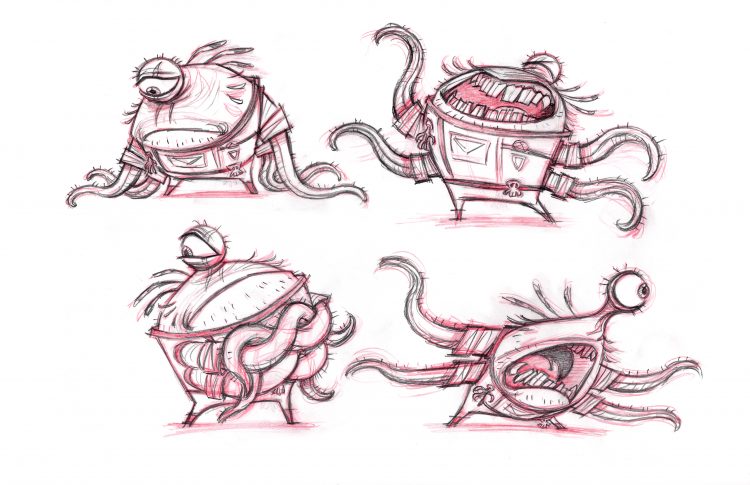
What were the difficult obstacles in creating ‘Galaxy Gas’?
I would say there were no difficult obstacles whatsoever in conceiving and writing ‘Galaxy Gas’. I had a blast! And a producer (Craig Peck) who never held me back or shackled me with his own agenda. The real obstacles began in trying to mount the production, which Craig is far more adept at detailing than me. He was on the front line of that battle for three long years after we had a decent script.
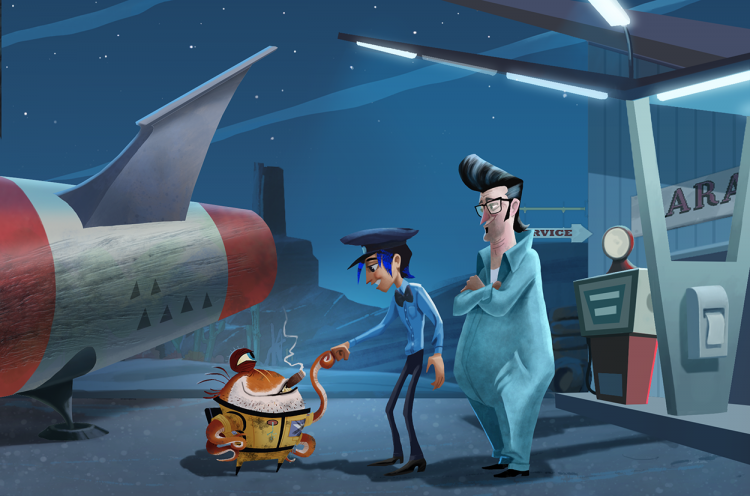
What would you like the public to know about Galaxy Gas that has not been covered?
I would say that, from the very beginning, it became a labor of love for everyone involved. That it was our intention to remind everyone, studios and audiences alike, that 2-D animation was/is still a viable (and vital) art form. And just how hard everyone worked, especially Craig, to realize that goal.
Interview with the producer of GALAXY GAS – Craig Peck
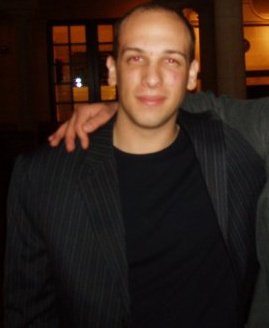
Hello Craig, can you tell us about yourself and your love for animation?
I grew up a Disney animation fanatic in the ’90s. I started collecting original animation art as a child and studying the work of the greats. I joke that I could identify a Glen Keane drawing based on line thickness and his charts before I knew any work by Picasso. I realized that I wasn’t going to be the next Glen or Andreas and started focusing on producing. Disney shut down its hand-drawn animation department just as I graduated high school, so I decided to focus on live-action film work in college. At the end of my first year of grad school, Disney released THE PRINCESS AND THE FROG, at which point I felt drawn back to Disney and was lucky enough to be brought into their talent development program to learn animation production. From that point on, I’ve worked as a producer in animation.
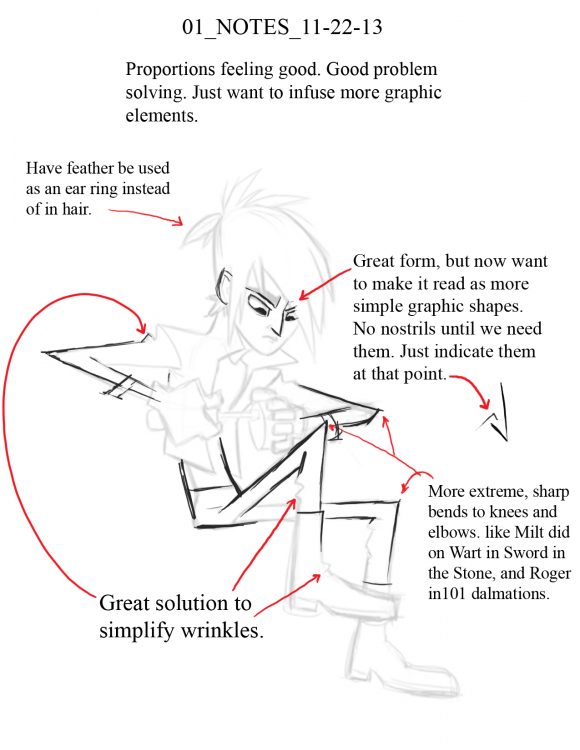
How did GALAXY GAS get started and why hand-drawn?
In 2012, while I was in grad school at USC, I invited Tab Murphy to coffee via his agent. Among other films, Tab wrote the screenplay for TARZAN, which had an immense impact on me growing up. I told him that my goal was to create a hand-drawn feature and asked if he had any projects that might be a good fit. Tab pitched an idea about a teenager who discovers that his father, who has devoted his life to running a decrepit gas station in the New Mexico desert, is actually using it to refuel and support a group of alien peace-keepers watching over our planet. It had a universal theme of learning to appreciate the sacrifices parents make for their children and that there’s more to them than their children might know. Plus there was a 3 1/2 foot tall cigar-smoking drunk alien in it. I immediately told Tab that I wanted to produce this.
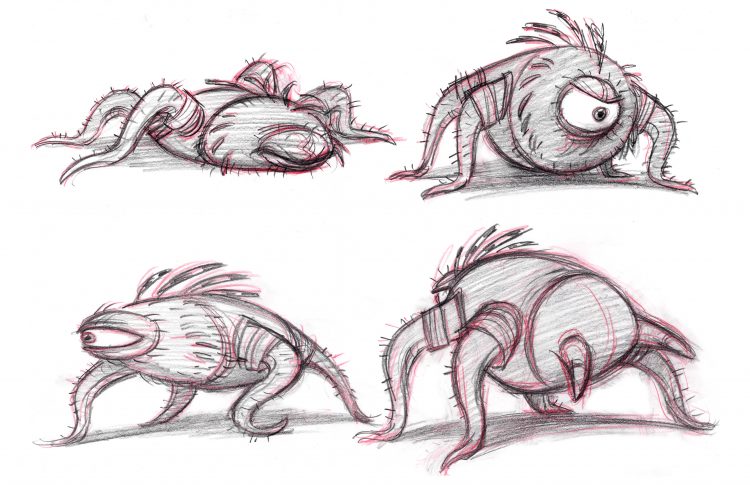
My idol since childhood had been Don Hahn, and my dream had always been to produce hand-drawn films. During the production of WINNIE THE POOH at Disney Animation Studios, I saw hand-drawn animation begin to fade to the background. Some incredible talent, at the height of their abilities, would become available despite the continued demand for hand-drawn American features. For the next generation to carry on the lessons from master animators, they needed the opportunity to work in the thick of production.
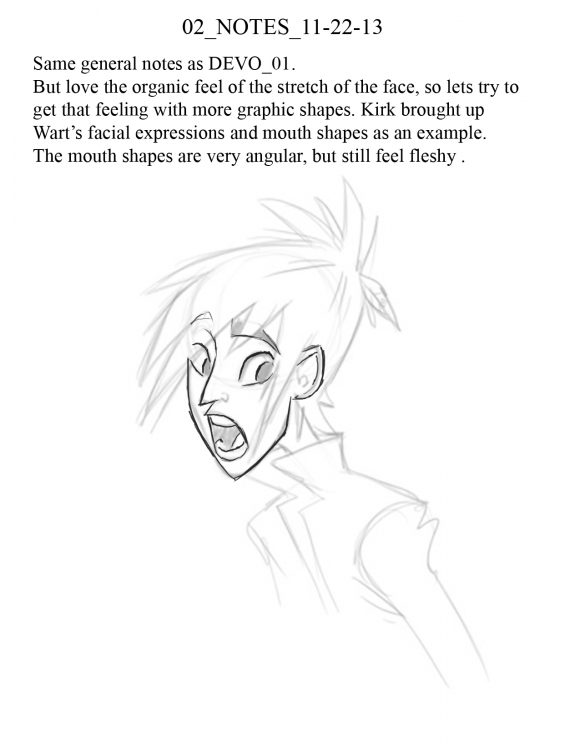
Our goal was to comprise the crew of veteran artists and less experienced artists who showed passion and could bring their own sensibilities to the show. The script allowed for a mix of hand-drawn elements that seamlessly incorporated CG for spaceships and other high-tech elements. This style was meant to set us apart from mid-range budget independent films but target an untapped audience demographic.
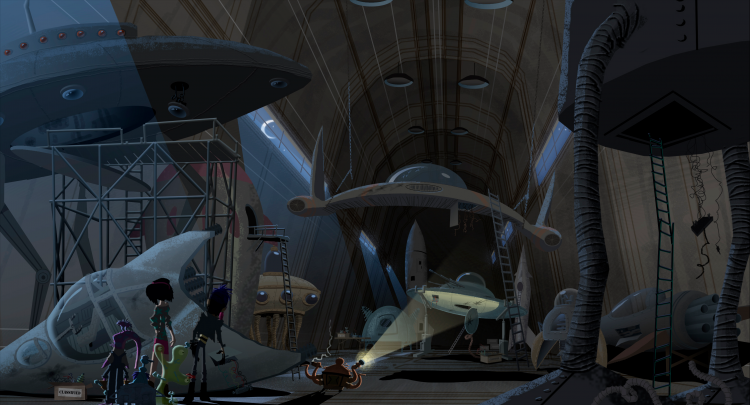
What were the most difficult obstacles you encountered creating GALAXY GAS?
Raising development financing was extremely difficult. It’s the riskiest money an investor can put in, so we needed to find people heavily invested in the cause and who believed in us and the project. Securing distribution ultimately proved to be the most difficult task of all, given the limited number of distribution partners working in this space at that time.
You made this 6 years ago, if you made it today what would you have done differently?
We would have certainly animated this in TVPaint rather than on paper (which was our plan for the feature pipeline, but difficult to accomplish on the freelance basis we executed our test in) and executed this natively in stereo 3D as we were producing the final comps. We saw a converted stereo test of the footage, and it looked stunning. Had we taken stereo into account when laying the shots out and editing them, it would have improved the work even further.
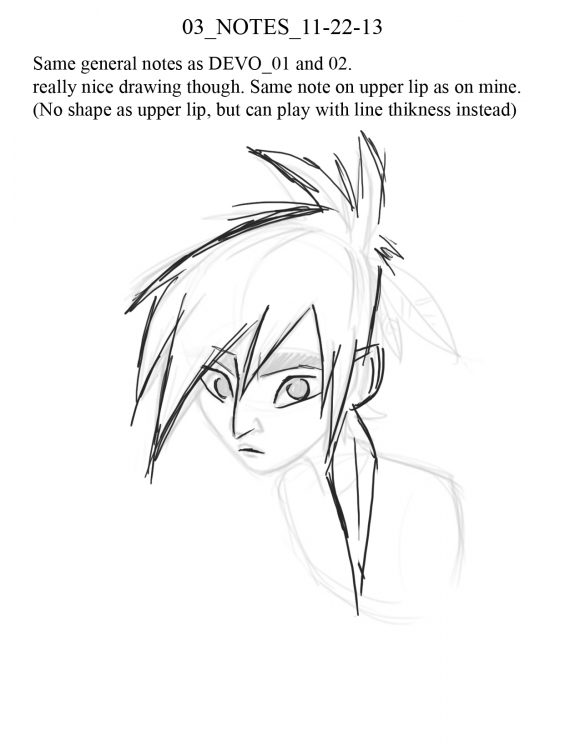
What would like the public to know about GALAXY GAS that has not been covered?
I use GALAXY GAS as a case study when speaking with students to explain how the animated feature space works. Traditionally, theatrical animated features are developed in-house by the studios. An independent animated movie will rarely be picked up for distribution or financing by these companies (Disney, Universal, WB, Paramount, Sony). They have a very limited amount of distribution slots for animated films, and the P&A required to compete in the theatrical marketplace is massive.
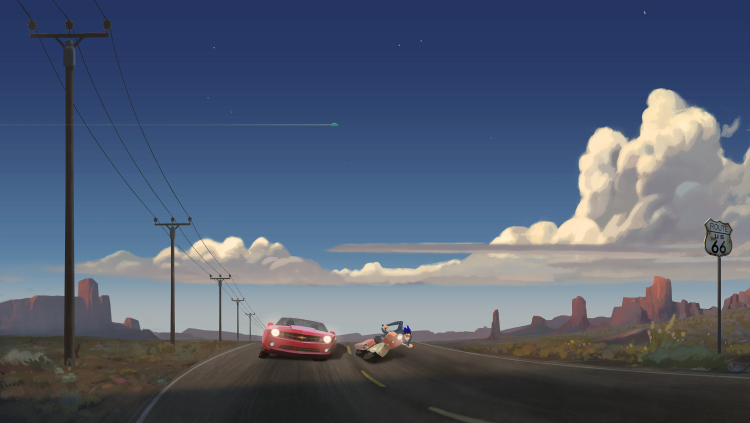
In our case, having packaged the film ourselves, the studios didn’t have much interest in taking on distribution. The streamers hadn’t established themselves in the feature animation market to the extent that they have today, so we needed to look elsewhere for distribution and production financing (separate from the development financing I had previously raised). Traditionally, indie live-action films are financed by a combination of equity (cash that investors will put in), pre-sales (the amount of money distributors will pre-pay for the rights to your film in their territory), and tax incentives (money you’ll receive back by governments in exchange for making the film in their area, employing local hires).
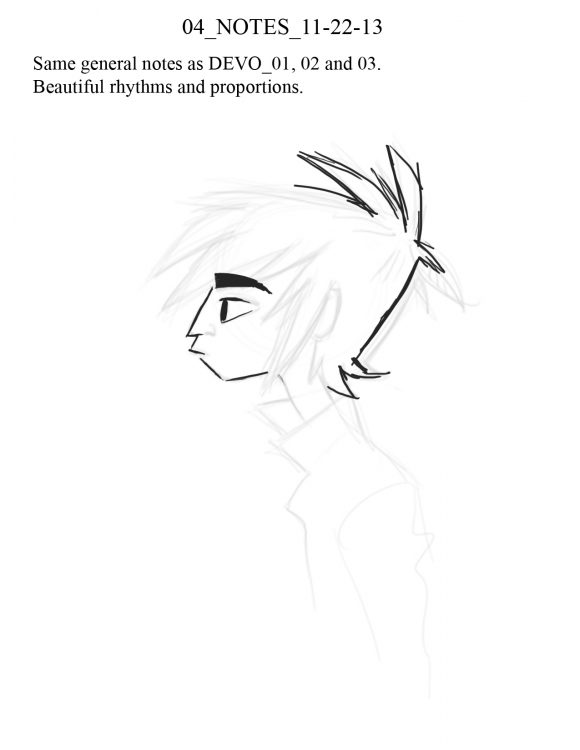
For feature animation, pre-sales are almost non-existent unless you have meaningful domestic distribution (traditionally a commitment for 3000+ screens to play your film in the US). Tax incentives can be significant, but we wanted to use Los Angeles for our home base, which doesn’t afford any incentives for animated films. This means that the equity need would be enormous. Additionally, there were only three or four indie distributors who could handle a film of this scale (only 1 of which is still in existence.) It’s poor timing, but the rest of those independent distributors collapsed in the years we were trying to mount this film. The last remaining distributor doesn’t traditionally release animated features.
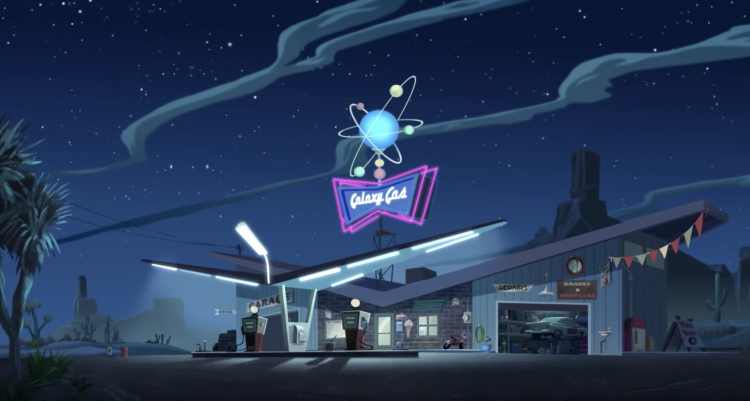
Can you tell us about the amazing artists that helped make GALAXY GAS what it is today?
Luckily, every artist we invited to work on this agreed to come aboard to support our creative leadership. Brian McEntee Art Directed it, Ed Ghertner handled Layout, Cristy Maltese & Sunny Apinchapong handled Backgrounds, Joe Moshier & Shane Prigmore designed the characters (Joe designed DEVO, NICOLE, WIN, and JOHONA while Shane designed ACE, and the MECHANICS and painted the stunning color images of DEVO & ACE.) Ruben Aquino oversaw the animation on ACE, Nik Ranieri animated the NICOLE test, and Shawn Keller animated the SPIKE test. Bruce Smith and a few other superstar animators worked on DEVO. Joe Haidar storyboarded the sequences, and Odin Benitez designed the sound and mixed it. There are too many other incredible artists from Clean-Up to FX, Editorial, Ink & Paint, and Compositing to name them all.
All Images are Copyright ©Open Vault Productions (Header Rough Animation Image by Bruce Smith)
6 Comments
Very cool! The design is great!
xbspriggs05@gmail.com
Actually, send me 3 tickets, please!
Oh, boy, a Disney movie! Send me tickets, please!
Wow! I didn’t think it would be that long, lol but it’s a really detailed and informative interview! Excellent questions too!
How about someone get this film up and running again and pitch it up to some company that would have lots of faith in it?